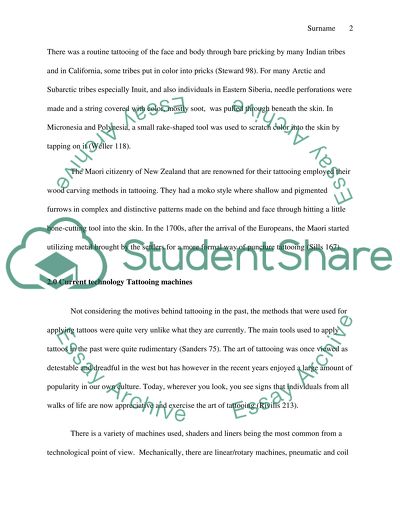Cite this document
(“Technology in Tattooing: Now and What the Future Holds Research Paper”, n.d.)
Technology in Tattooing: Now and What the Future Holds Research Paper. Retrieved from https://studentshare.org/information-technology/1449751-technology-in-tattooing-now-and-what-the-future
Technology in Tattooing: Now and What the Future Holds Research Paper. Retrieved from https://studentshare.org/information-technology/1449751-technology-in-tattooing-now-and-what-the-future
(Technology in Tattooing: Now and What the Future Holds Research Paper)
Technology in Tattooing: Now and What the Future Holds Research Paper. https://studentshare.org/information-technology/1449751-technology-in-tattooing-now-and-what-the-future.
Technology in Tattooing: Now and What the Future Holds Research Paper. https://studentshare.org/information-technology/1449751-technology-in-tattooing-now-and-what-the-future.
“Technology in Tattooing: Now and What the Future Holds Research Paper”, n.d. https://studentshare.org/information-technology/1449751-technology-in-tattooing-now-and-what-the-future.


